Shopify vs Shopify Plus: Which Fits You in 2025?
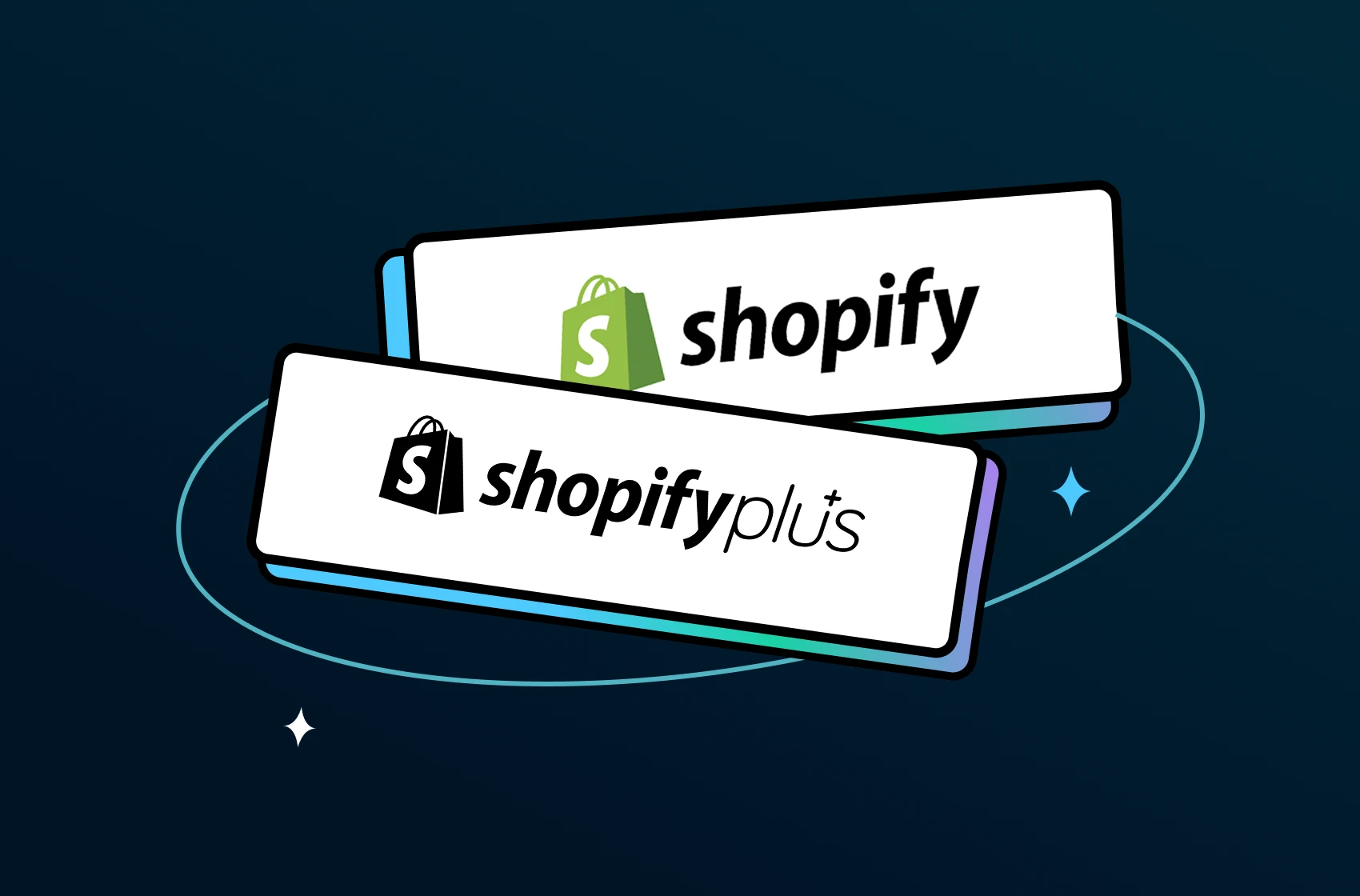
Shopify vs. Shopify Plus — sometimes it’s hard to know which option is right for your business.
Both plans run on the same core platform. The key difference is Shopify’s standard plans are built for small to midsize businesses (SMBs), while Shopify Plus is made for larger or even enterprise-level brands.
This guide will walk you through how the two plans compare—what features come with Shopify Plus, how pricing works, and when it actually makes sense to upgrade.
Let’s break it down.
Shopify vs Shopify Plus — At a Glance
Feature | Shopify | Shopify Plus |
|---|---|---|
Pricing | Starts at $19/month | Starts at $2,300/month |
API Limits | Standard | Higher API limits + exclusive APIs |
Checkout | Standard checkout | Customizable checkout via Shopify Functions |
Automation | Basic workflows (some plans) | Advanced workflows with Shopify Flow |
Staff Accounts | Up to 15 | Unlimited with advanced permissions |
Theme Storage | Up to 20 | Up to 100 |
Markets | Limited | Up to 50 global markets |
Expansion Stores | 1 store per plan | Up to 9 expansion stores |
Shopify POS Pro | Add-on $89/location | First 20 locations included |
Support | Standard 24/7 | Priority support + dedicated launch team |
B2B Selling | Requires apps/workarounds | Built-in B2B tools included |
Transaction Fees | Varies by plan/payment method | Lowest fees with Shopify Payments |
Custom Apps & Scripts | Limited | Full support for custom Functions + Scripts |
Who it’s for | Solo founders, small teams | High-growth, multi-market brands |
What is Shopify Plus?
Shopify Plus is an upgraded version of Shopify, designed for businesses that have moved beyond early-stage growth and are now managing high sales volumes, complex operations, or multiple storefronts.
It builds on everything you already use in Shopify — but adds more features to help larger brands run more efficiently.
Key Features:
- Customizable checkout: Get full control over your checkout experience using checkout.liquid
- Unlimited staff accounts: No cap on the number of team members you can add
- Multiple storefronts: Run up to 9 expansion stores from a single Plus account
- Built-in B2B selling tools: Manage wholesale and retail in one backend, with features like company profiles, price lists, and payment terms.
- Automation with Shopify Flow: Automate repetitive tasks like tagging VIP customers or routing high-value orders — without relying on third-party apps.
- Lower transaction fees: Benefit from reduced fees, especially if you use Shopify Payments.
- Dedicated support: Work with a Merchant Success Manager and get priority 24/7 support when issues arise.
Pricing:
Shopify Plus starts at around $2,300 per month, with custom pricing based on your needs.
Shopify vs Shopify Plus: What’s the Core Difference?
Here’s 2 key differences between Shopify vs Shopify Plus:
Pricing
Shopify’s standard plans range from $19 to $299/month, while Shopify Plus begins around $2,300/month.
Features
Shopify Plus unlocks advanced tools like checkout customization, higher API limits, unlimited staff accounts, built-in B2B, and more automation. For stores looking to implement deeper checkout logic or multi-market flows, working with a Shopify Plus partner agency can help ensure these customizations are built correctly and scale smoothly
1. Pricing
Here’s how Shopify Plus stack up against Shopify’s standard plans:
Plan | Monthly Cost | Who It's For |
|---|---|---|
Basic | $19 | New sellers getting started |
Grow | $49 | Growing stores with a small team |
Advanced | $299 | Scaling brands needing more analytics & reports |
Shopify Plus | Starts at $2,300+ (custom quote) | High-volume or enterprise-level brands needing customization and dedicated support |
Shopify Standard Plans come with fixed pricing and predictable features. Shopify Plus is different—it’s built for scale. On top of the base fee (starting at $2,000/month), you might also pay for third-party tools, development, and launch support.
2. Key Features
Checkout Customization: Basic Edits vs Full Control
Both Shopify and Shopify Plus support Checkout Extensibility, Shopify’s new way to customize checkout without touching code. But the level of control you get depends on your plan.
Feature | Shopify Standard Plans | Shopify Plus |
|---|---|---|
Checkout Branding | Basic edits — logo, color, font | Full-brand control across checkout |
Checkout Extensions | Limited blocks + apps | Full extension access + advanced logic |
Custom Fields & Layouts | No | Yes — rearrange fields, add logic |
Customer-Specific Logic | No | Yes — set rules by tag, region, or cart |
B2B & Multi-Market Flows | Not supported | Custom flows for each segment |
Checkout.liquid Support | Deprecated | Legacy support for now (Plus only) |
Store Logic Setup: Basic Rules vs Fully Custom
Most Shopify plans follow a set of fixed logic. Shopify Plus lets you rewrite the rules — literally — using Shopify Functions.
Feature | Shopify Standard Plans | Shopify Plus |
|---|---|---|
Discount Logic | Basic — single rule at a time | Stackable, layered, and tiered discounts |
Promotions | Limited to app-based promos | Fully custom — “Buy X from Brand A, Get Y from Brand B” |
Shipping Rules | Basic by zone or rate | Custom by cart content, location, or tags |
Payment Options | Same for all orders | Limit by product type, cart value, or region |
Checkout Logic | One flow fits all | Tailor flow by customer, cart, or order type |
Theme Storage Limit: 20 Themes vs 100 Themes
Shopify Plus expands 20 to 100 themes. Having 100 stored themes means you don’t have to choose between deleting an old version.
Feature | Shopify Standard Plans | Shopify Plus |
|---|---|---|
Stored Themes | Up to 20 | Up to 100 |
Seasonal Themes | Manually swap and delete | Store BFCM, holiday, and promo themes all at once |
Version History | Limited backups | Create staging copies before testing changes |
Localization | One version at a time | Save multiple versions by region, language, or currency |
Design Testing | Risk of overwriting | Try new themes without touching your live store |
Haven’t picked Shopify theme yet? 👉 9 best free Shopify themes are proven to help increase sales in 2025.
API Limits: Fixed vs Flexible Access
Shopify Plus subscribers have more API calls per second — It unlocks a higher cap so your apps don’t get slowed down during peak times. You can even ask Shopify to raise your rate limits even higher if your store needs it.
Feature | Shopify Standard Plans | Shopify Plus |
|---|---|---|
API Rate Limits | Standard limits | Higher default limits, customizable with request |
Gift Card API | Not available | ✅ Issue, track, and manage store credit via API |
Multipass Login | ❌ | ✅ Seamless login from other platforms |
User API | Limited | ✅ Programmatically manage staff access |
Publishable API | Limited | ✅ Control which products appear on which storefronts |
Transaction Fees: Up to 2% vs 0% with Shopify Payment
Shopify Plus significantly reduces — or completely removes — transaction fee, depending on how you accept payments.
Feature | Shopify Standard Plans | Shopify Plus |
|---|---|---|
Transaction Fees (Shopify Payments) | 0%–2% depending on plan | 0% (in most countries) |
Credit Card Rates | Standard rates | Lower rates, negotiated per store |
Third-party Payment Fees | Applies | Still applies, but may be negotiable |
Negotiation Flexibility | ❌ Fixed | ✅ Yes — custom rates for high volume |
Worry about your bottom line? 👉 Check TrueProfit - the best net profit tracker for Shopify. It auto-calculates ad spend, COGS, and fees—updating your true profit in real time so you can scale with confidence.
Staff Access: 15 Max vs Unlimited
On regular Shopify plans, the number of staff accounts are limited down to 15. Shopify Plus removes that limit, now you can add as many staff accounts as you need.
Feature | Shopify Standard Plans | Shopify Plus |
|---|---|---|
Staff Accounts | 1 to 15 (depending on plan) | Unlimited |
Custom Roles & Permissions | Limited | ✅ Yes — fine-tuned access by function |
Third-party Collaborators | ✅ With restrictions | ✅ No limits, safer access |
App/Report-level Access | ❌ Not granular | ✅ Granular controls built in |
Selling Markets: Limited vs. Up to 50
Shopify Plus supports up to 50 active markets, each market has its own pricing, domain, currency, and language. Whether you’re targeting one country or an entire region, you can customize the buyer experience by location—all in one admin.
Feature | Shopify Standard | Shopify Plus |
|---|---|---|
Active Markets | Limited (varies by plan) | Up to 50 |
Custom Domains | ✅ Basic | ✅ Per-market domains |
Currency & Language Control | ✅ Limited | ✅ Fully localized |
Regional Product Availability | ❌ Not available | ✅ Yes |
Localized Payment & Shipping | ✅ Some options | ✅ Fully customizable |
Storefronts: 1 Store vs Up to 10 Under One Account
Shopify Plus lets you run up to 9 additional stores—also known as expansion stores—under a single organization. And with centralized admin tools, you can streamline your workflows instead of managing each store in isolation.
Feature | Shopify (Standard Plans) | Shopify Plus |
|---|---|---|
Number of Stores | 1 store per account | Up to 10 stores (1 primary + 9 expansion stores) |
Multi-region Setup | Requires third-party workarounds | Native support for separate regional storefronts |
Customization | Limited to one storefront’s language & catalog | Customize each store with unique products, languages, currencies |
Management | Store settings managed individually | Centralized admin dashboard (users, analytics, billing) |
Use Cases | Best for single-market, simple setup | Ideal for global brands, B2B/DTC split, or multi-language needs |
Sell In-Store Locations: Add-On Costs vs No-Extra Fees
With standard Shopify plans, selling in-person with POS Pro comes at an additional cost. On Shopify Plus, you get 20 POS Pro licenses included—no extra fees. That means if you’re running both online and retail locations, the cost savings add up fast.
Feature | Shopify (Standard Plans) | Shopify Plus |
|---|---|---|
POS Pro Access | Requires $89/month/location add-on | 20 POS Pro locations included at no extra cost |
Omnichannel Sync | Inventory sync across channels available | Inventory, orders & customers unified in one system |
In-Store Features | Basic POS features | Advanced POS tools: exchanges, local pickup, discounts |
Customer Insights | Limited LTV data | LTV insights across in-store and online |
Multi-Store Reporting | Basic reporting only | Product-level performance by store |
If your brand has physical locations—or plans to—Shopify Plus takes the friction (and fees) out of scaling both online and offline.
Fulfillment Locations: Few Locations vs 200+ Supported
While Shopify standard plans offer a limited number of locations, Shopify Plus unlocks support for up to 200 active locations—ideal for multi-warehouse operations, retail stores, or third-party logistics partners.
Feature | Shopify (Standard Plans) | Shopify Plus |
|---|---|---|
Location Limit | Up to 10 locations | Up to 200 locations |
What Counts as a Location | Retail, warehouse, 3PL, or app partner | Same, but scaled |
Inventory Management | Basic tracking per location | Unified view across all fulfillment points |
Order Routing | Manual or app-based | Auto-route to nearest or most efficient center |
Pickup & Delivery | Available | Available from any location |
Integration Options | Limited to plan capacity | Seamless with 3PLs like ShipBob, Amazon, Printful |
B2B Selling: Limited Support vs. Built-In Tools
Standard Shopify plans weren’t built for complex B2B needs—but Shopify Plus was. With Plus, B2B features come included, so you can manage wholesale buyers and retail customers from the same store.
Feature | Shopify (Standard Plans) | Shopify Plus |
|---|---|---|
B2B Support | Workarounds via third-party apps or extra stores | Built-in B2B suite included |
Business Profiles | Not supported | Multiple buyers, roles, and locations per company |
Custom Pricing | Requires scripts or apps | Price lists per company, market, or region |
Flexible Payment Terms | Manual invoicing | Net 30, net 60, and more per buyer |
B2B + DTC in One Store | Needs separate storefront | Run both in a single storefront |
Custom Checkout for B2B | Limited customization | Tailored checkout for B2B orders and PO flows |
If wholesale is part of your growth plan, Shopify Plus helps you scale B2B—without stacking tools or duplicating stores.
Customer Support: General Agents vs High-Volume Experts
Shopify Plus provides dedicated support, built specifically for high-volume brands.
Feature | Shopify (Standard Plans) | Shopify Plus |
|---|---|---|
Support Access | 24/7 live chat and email | 24/7 priority support via phone, chat, and email |
Specialist Team | General support agents | Dedicated agents trained for high-volume, complex stores |
Education Resources | Shopify Help Center + basic courses | On-demand training built specifically for Plus merchants |
Merchant Community | Public forums and groups | Private Plus-exclusive merchant network |
Shopify Plus: Benefits vs Drawbacks
Benefits
Shopify Plus offers advanced checkout, lower fees, higher API limits, and multi-store expansion—giving high-volume brands more control and flexibility to scale.
Drawbacks to consider
- Higher cost: Starts at ~$2,000/month, which may not pay off if sales volume is low.
- Longer setup: Advanced features require developer resources and time.
- May be overkill: Smaller brands may not need advanced B2B or checkout tools.
- Annual contracts: Requires a 12-month commitment, limiting flexibility.
Is It Worth Upgrading to Shopify Plus?
Yes, upgrading to Shopify Plus is worth it if you’re a high-growth or enterprise-level brand.
With these tiers, Shopify Plus totally worth that cost because:
- Shopify Plus replaces extra tools (apps, dev costs, third-party workarounds) with built-in solutions.
- Transaction fees are waived for most orders using Shopify Payments, which can add up fast at higher volumes. 👉 Check Shopify fees calculator for fully understanding.
- The more you scale, the more Shopify Plus helps you save time, reduce errors, and manage complexity.
Most brands upgrade to Shopify Plus when their sales hit around $80,000/month, according to Shopify.
But of course, you can upgrade earlier or later. It’s your choice. Just make sure you check two points before committing to Shopify Plus:
- Do any of the Plus features solve real issues your store is facing today?
- Will solving them grow your revenue enough to justify the added cost — without eating into your margins?
Harry Chu is the Founder of TrueProfit, a net profit tracking solution designed to help Shopify merchants gain real-time insights into their actual profits. With 11+ years of experience in eCommerce and technology, his expertise in profit analytics, cost tracking, and data-driven decision-making has made him a trusted voice for thousands of Shopify merchants.




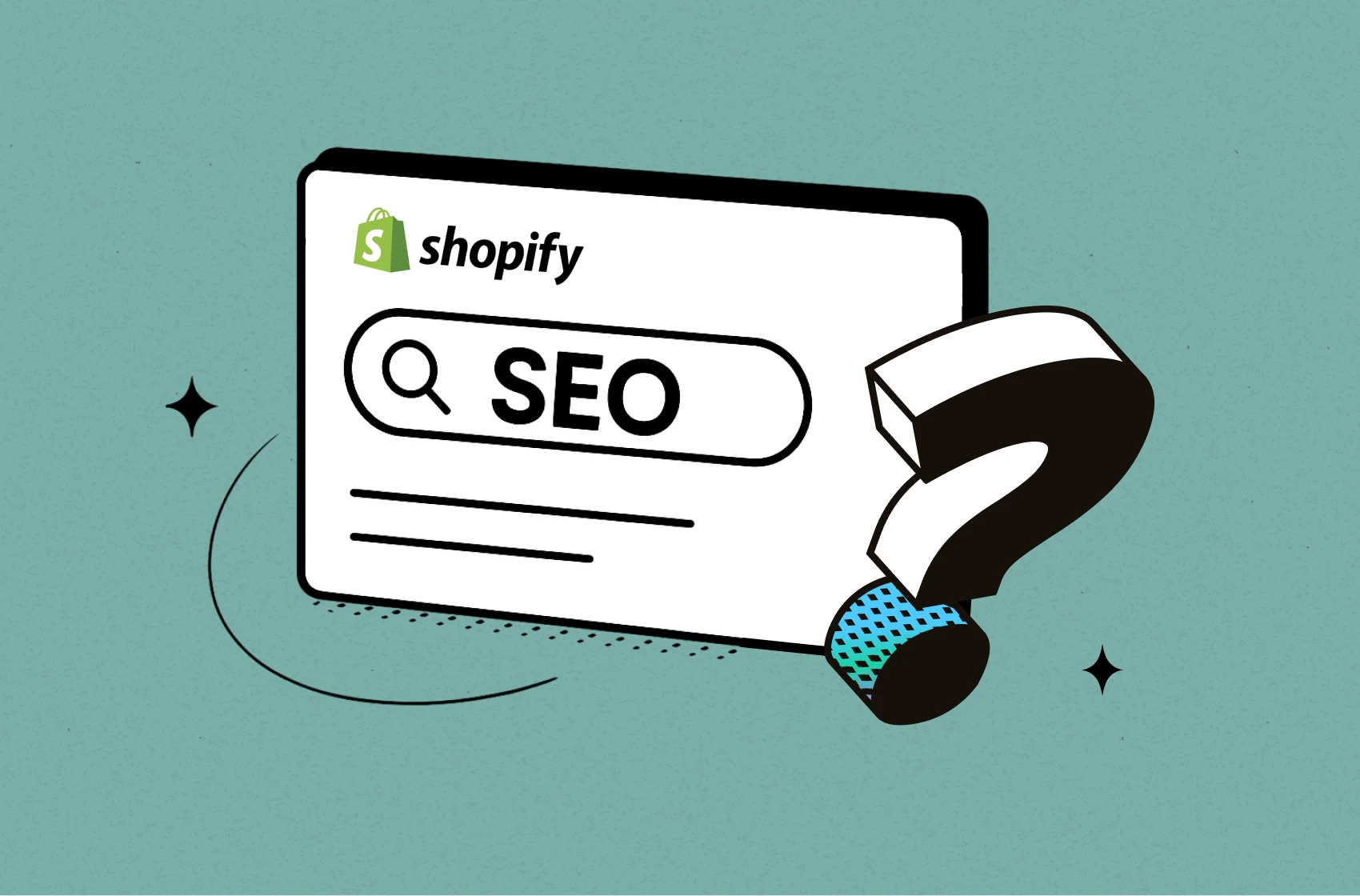


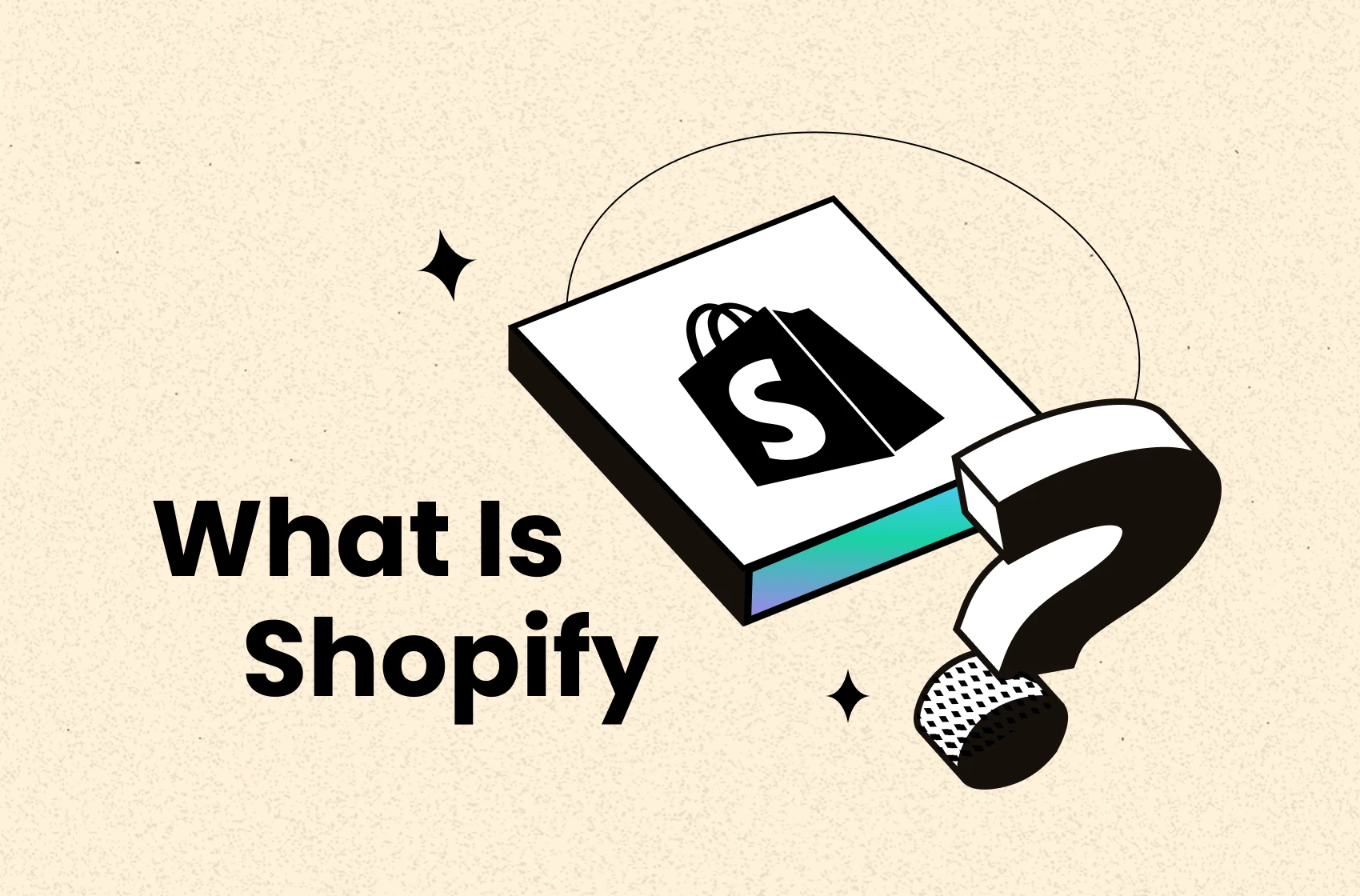


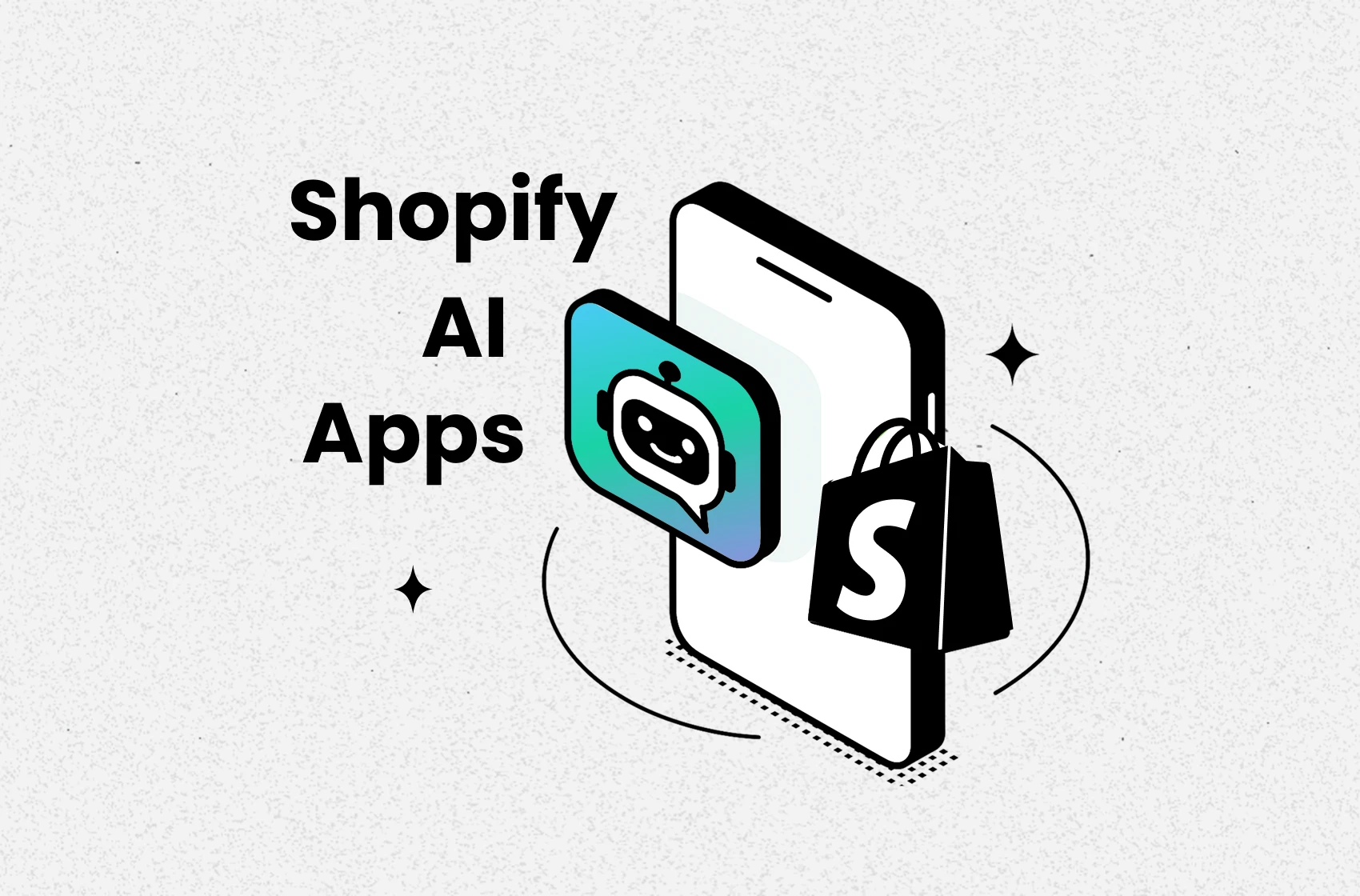
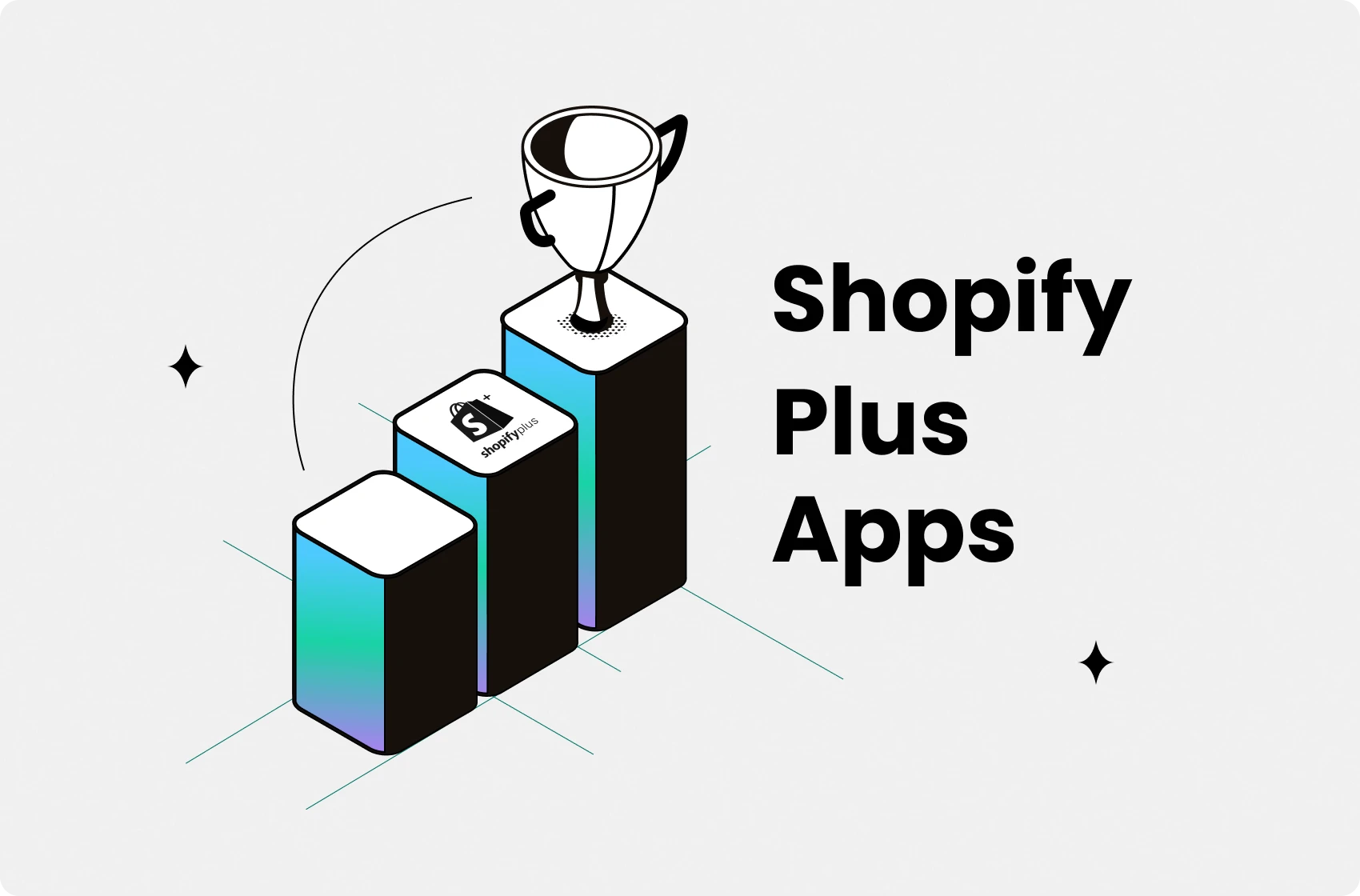
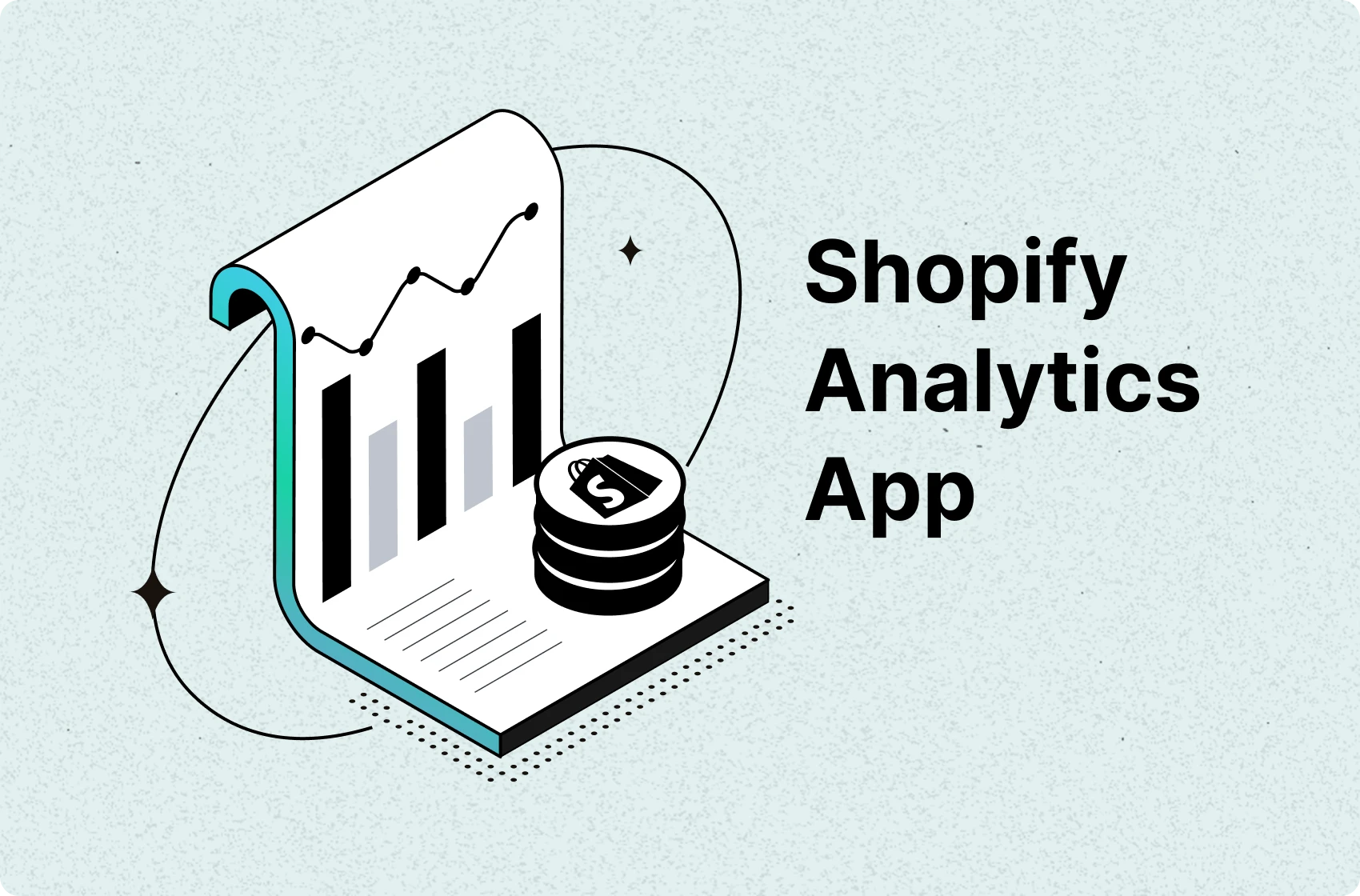
 Shopify profits
Shopify profits

